Abaqus for Beginners (Mechanical Engineering)
This beginner-friendly Abaqus section is tailored for engineering students learning FEM simulation. It features practical examples from commonly used fields, along with essential theories and key points for successful simulation. Through this training lessons, you’ll explore various Abaqus modules, learn effective modeling techniques, and master output generation and result analysis for comprehensive reporting.
Lesson 1: ABAQUS/CAE Introduction
This lesson begins by highlighting the significance of CAE compared to other methods of computer-aided design, analysis, and production for parts or products. It then provides an overview of the software, detailing its common features and explaining key FEM simulation procedures.
Lesson 2: Finite Element Method Introduction
This lesson is highly engaging for FEM simulation enthusiasts. It provides a comprehensive introduction to the finite element method, starting with simple examples like meshing an aerial structure, calculating a circle’s circumference, and analyzing the displacement of complex geometries. It then progresses to solving problems step by step using finite element tools.
Lesson 3: Different elements introduction in ABAQUS
This lesson delves into the elements used in FEA simulations. It begins by thoroughly explaining element characteristics, including family, degrees of freedom, number of nodes, formulation, and integration. Next, it introduces the beam element and its applications. The lesson explores the two formulations of beam elements—Bernoulli and Timoshenko—detailing their underlying theories and distinct applications.
Lesson 4: Types of analysis
This lesson is a key component of the FEM simulation tutorial section. It provides an in-depth discussion of explicit and standard solvers in Abaqus. The lesson begins by explaining how to select the most suitable solver for each example, taking into account the capabilities of each solver.
Lesson 5: Some consideration in EXPLICIT Analysis
This lesson covers essential insights into explicit solvers. It begins by explaining various types of analyses performed using the dynamic explicit solver. Additionally, it thoroughly explores the concept of stable time increments and their calculation methods.
Cantilever Beam Analysis
In this section, we focus on the practical use of Abaqus with a specific analysis: the cantilever beam. Through a series of lessons, we show how to model and simulate the beam’s behavior under different loading conditions. You’ll also learn how to interpret and validate the results, gaining key insights into structural analysis using Abaqus.
Beams are fundamental structures in engineering, designed to withstand stresses from shear and bending due to applied loads and their own weight.
In engineering mechanics, a beam is a component specifically built to support transverse loads—forces acting perpendicular to its longitudinal axis. This distinguishes it from a truss, which is designed to handle only axial forces. Beams are widely used in bridges, buildings, aerospace, transportation, and more.
ABAQUS offers an extensive element library, providing powerful tools for solving a wide range of beam-related problems. Beam theory, a one-dimensional approximation of a three-dimensional continuum, simplifies the complexity by assuming slender dimensions for the cross-section relative to the beam’s length.
UMAT and VUMAT subroutines- The most popular Abaqus subroutines
For users looking to unlock advanced features in Abaqus, this section covers the creation of User Material (UMAT) subroutines. Through detailed lessons, you’ll learn how to write custom UMAT subroutines to define complex material behaviors that are not included in Abaqus’ default material models. Enhance your simulations and tackle more complex engineering challenges with the skills gained in this section.
Workshop 1: Writing UMAT Subroutine for Isotropic Isothermal Elasticity
In the first workshop, the material behavior is modeled as isotropic linear elastic. The structural equations are thoroughly explained, followed by the lecturer writing the UMAT subroutine. The results from the subroutine are then compared with those obtained without using the subroutine.
Workshop 2: Writing UMAT Subroutine for Elasticity and TSAI failure criterion of composite material
In the second workshop, the elastic behavior of orthotropic materials is explored. The lecturer then writes the UMAT subroutine to model the elastic behavior of these materials, including the failure initiation of composite materials, and verifies the results using the graphical environment of ABAQUS.
Abaqus Python Scripting
Python is a versatile scripting language commonly used in engineering. In this section, you’ll learn how to utilize Python scripting to automate and improve your Abaqus simulations. Topics include script creation, parameterization, and post-processing automation, helping you streamline your workflow and save time in your simulations.
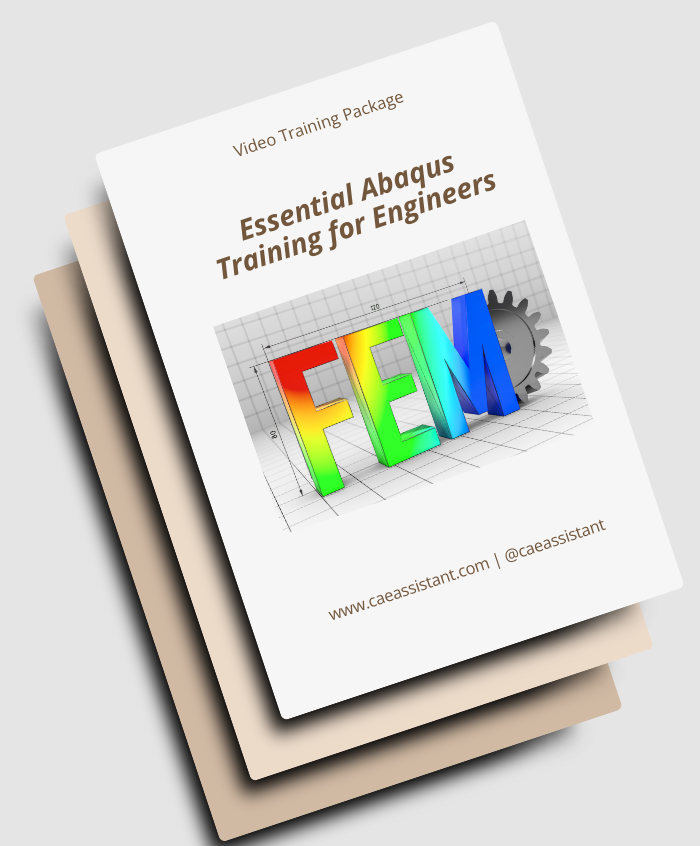
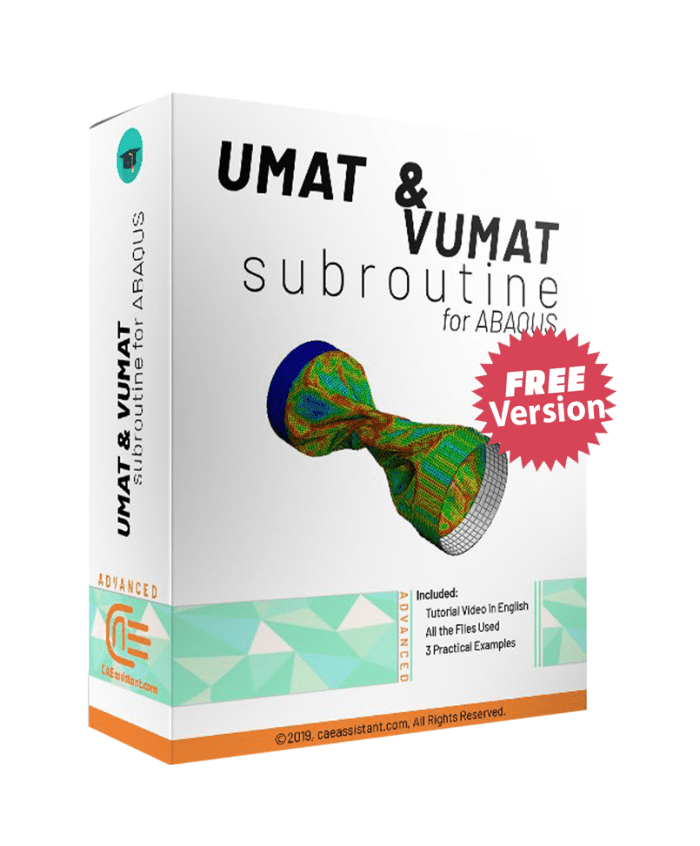
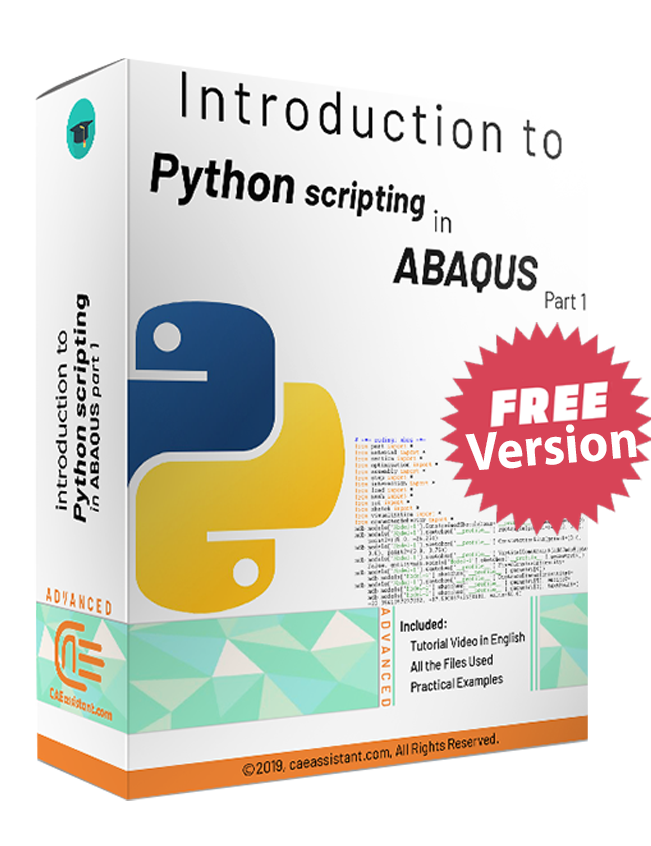
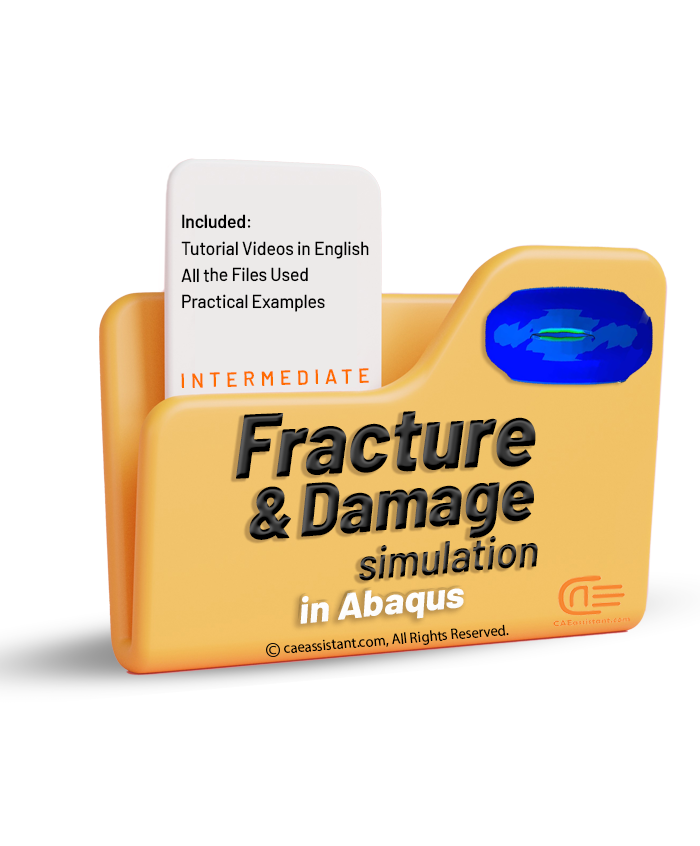
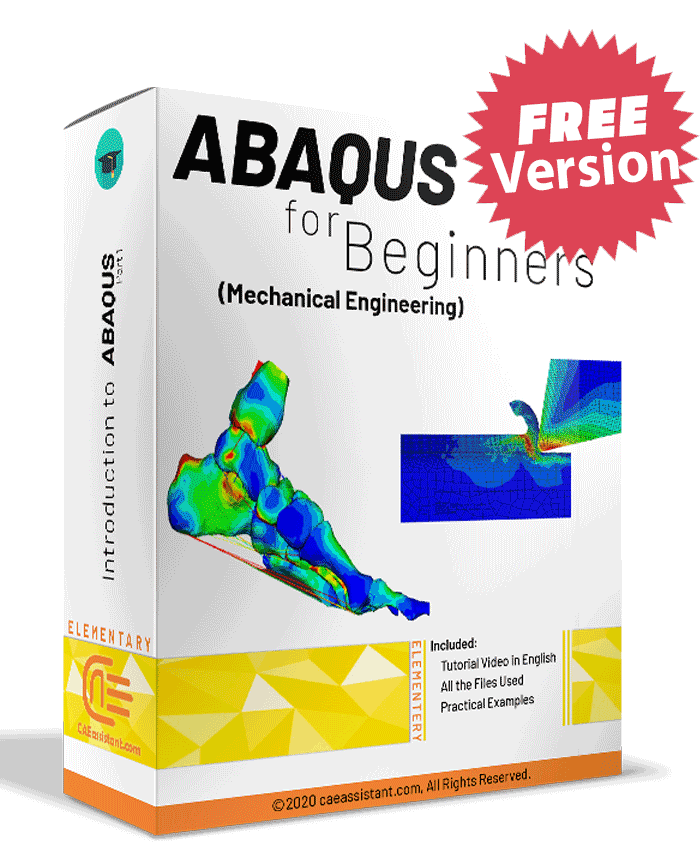
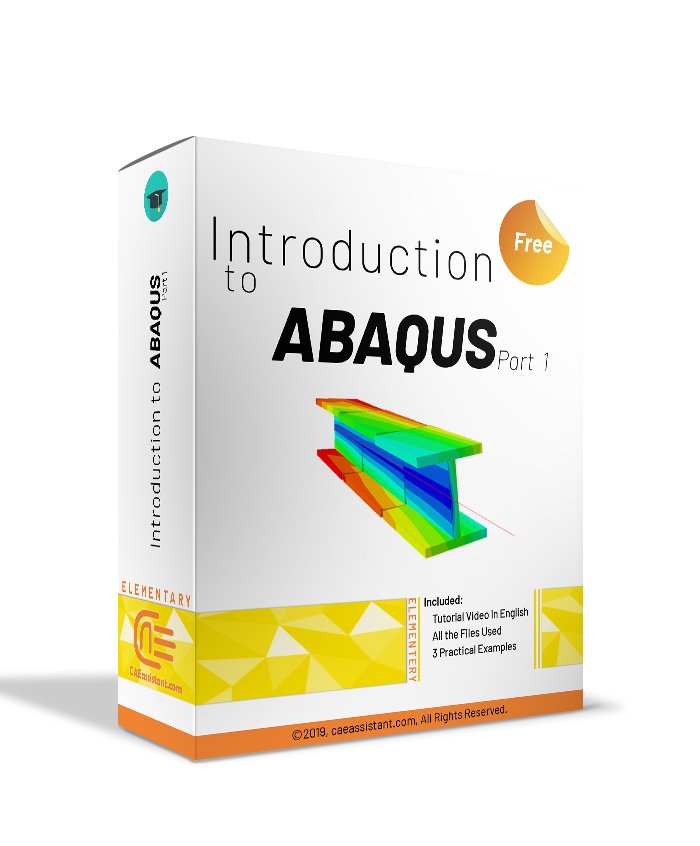
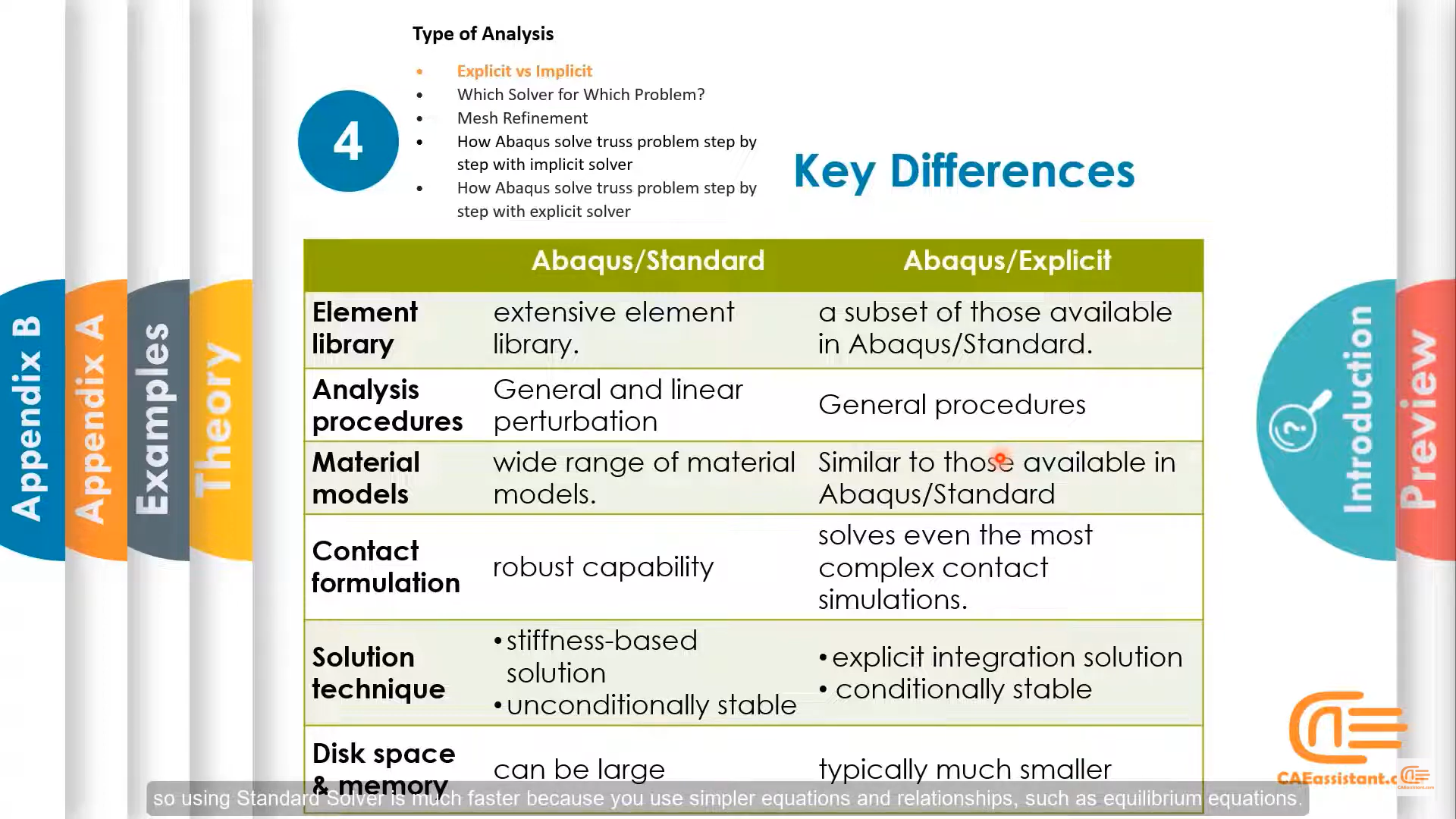
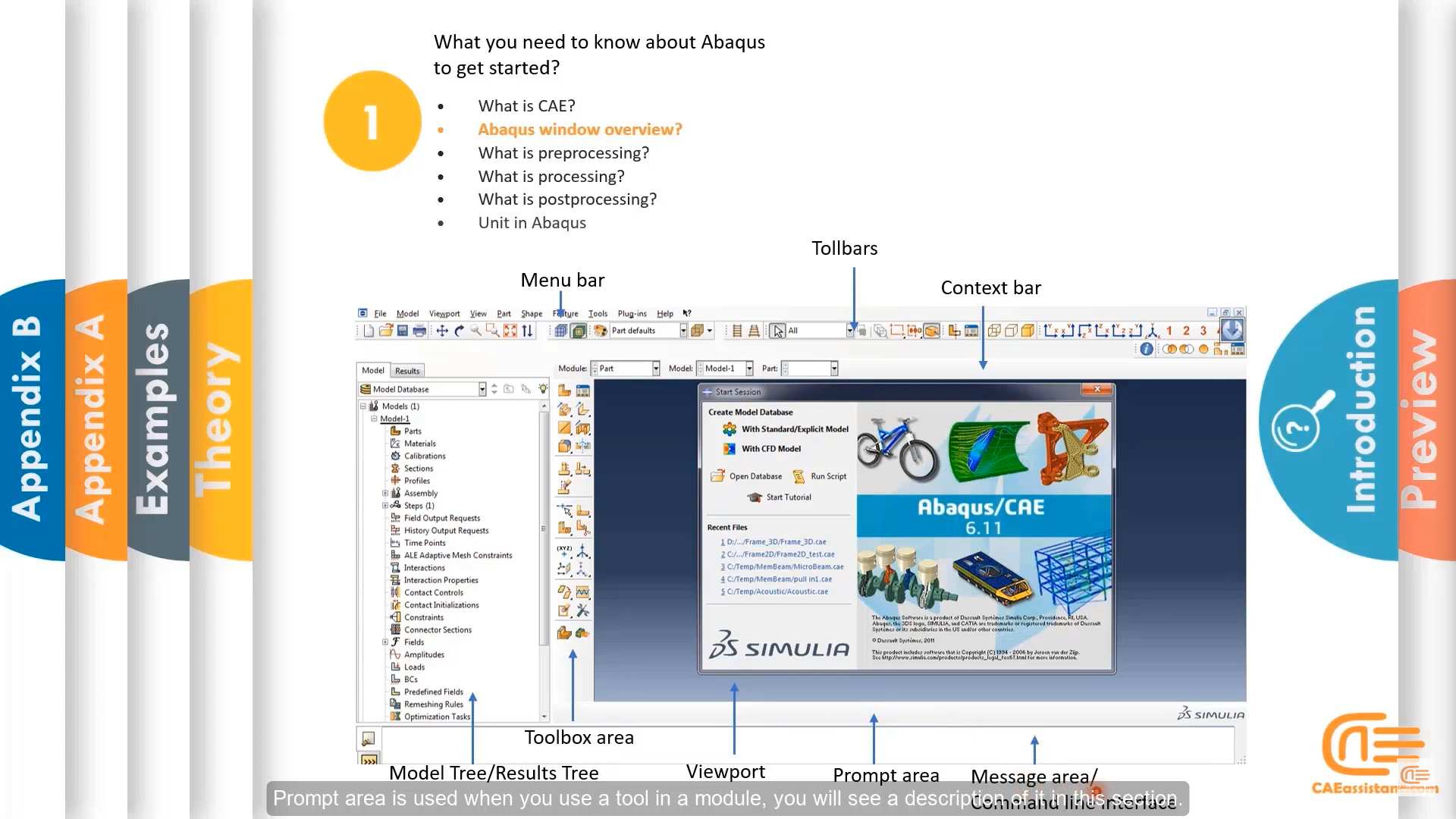
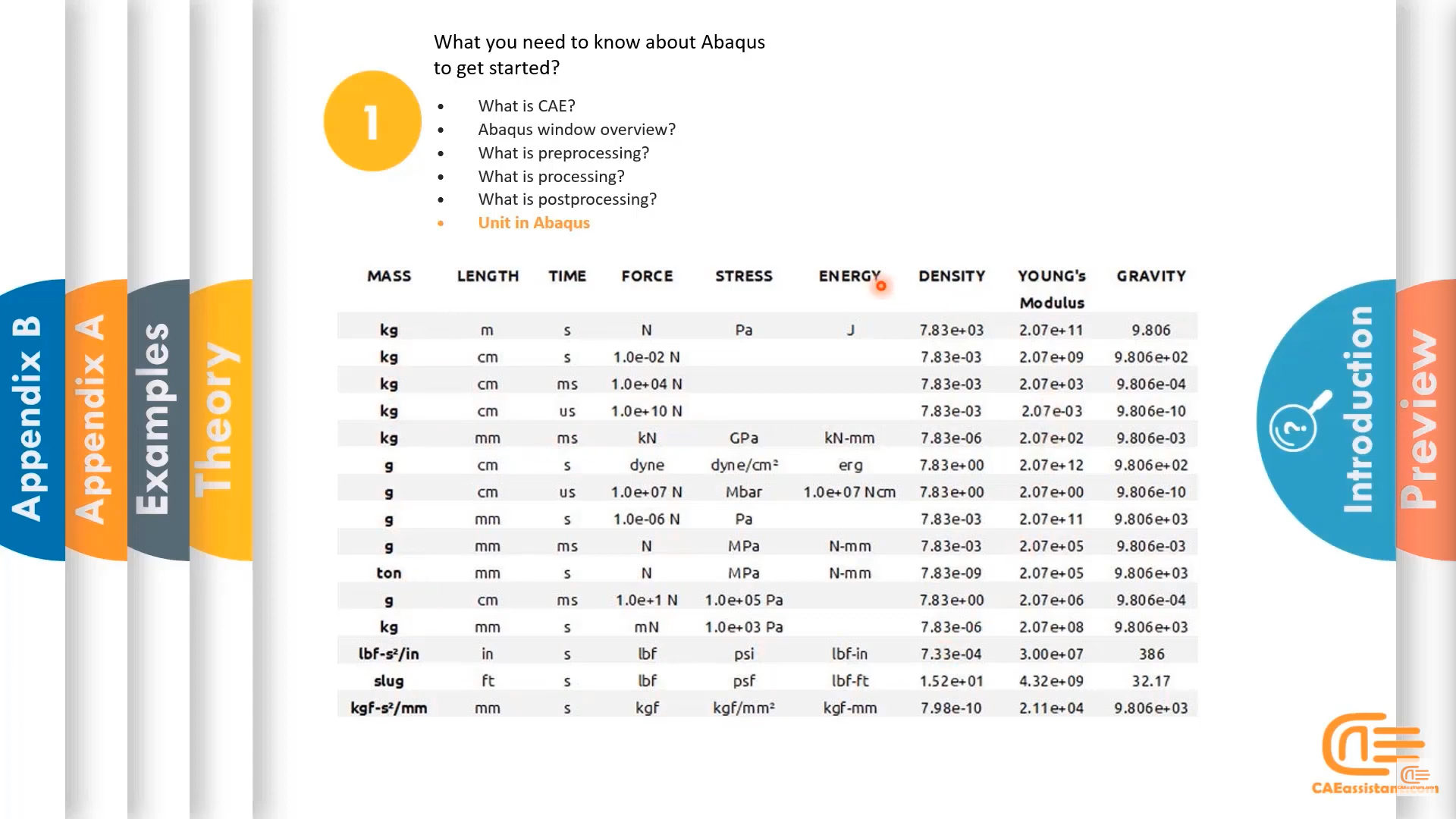

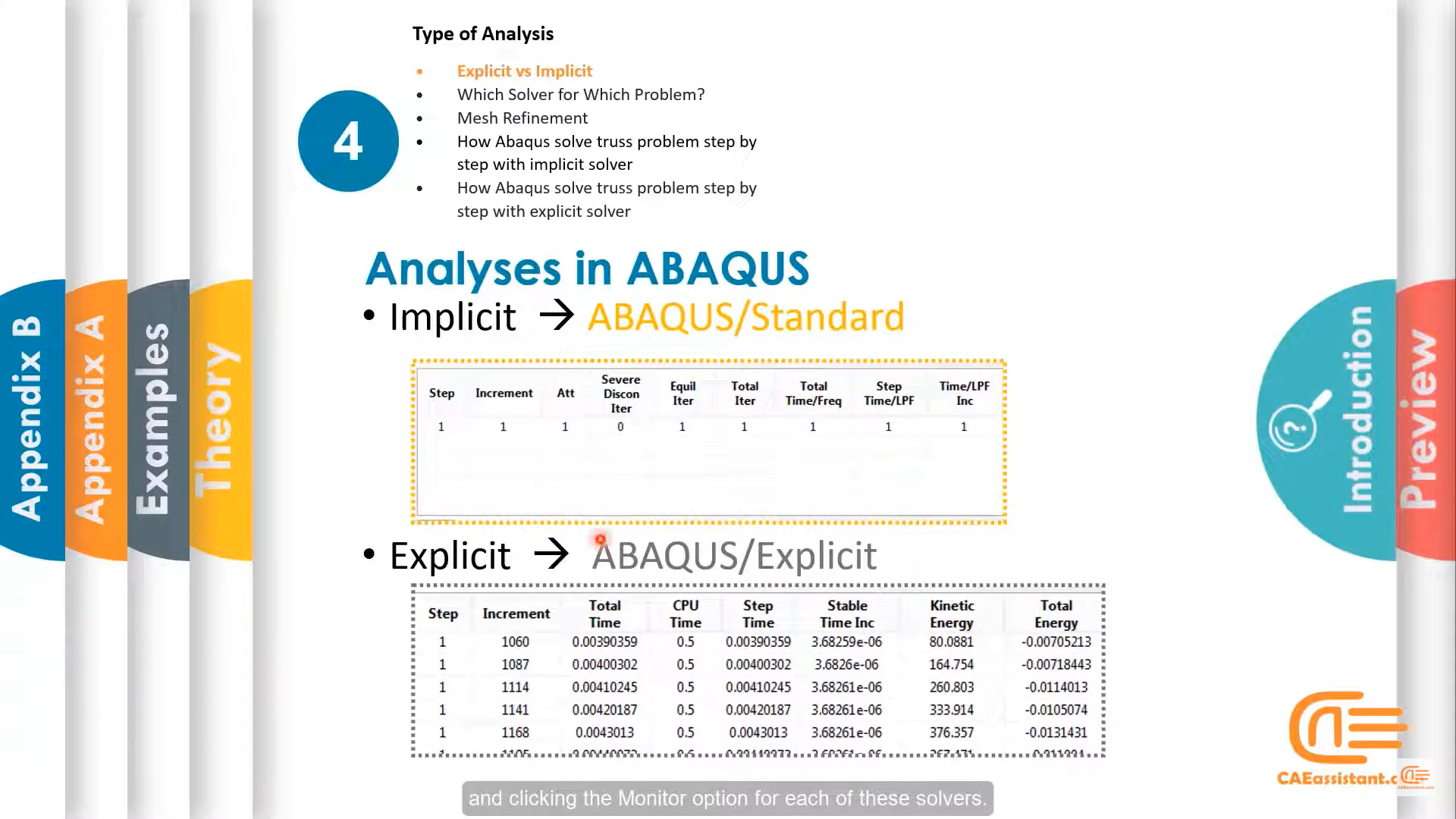
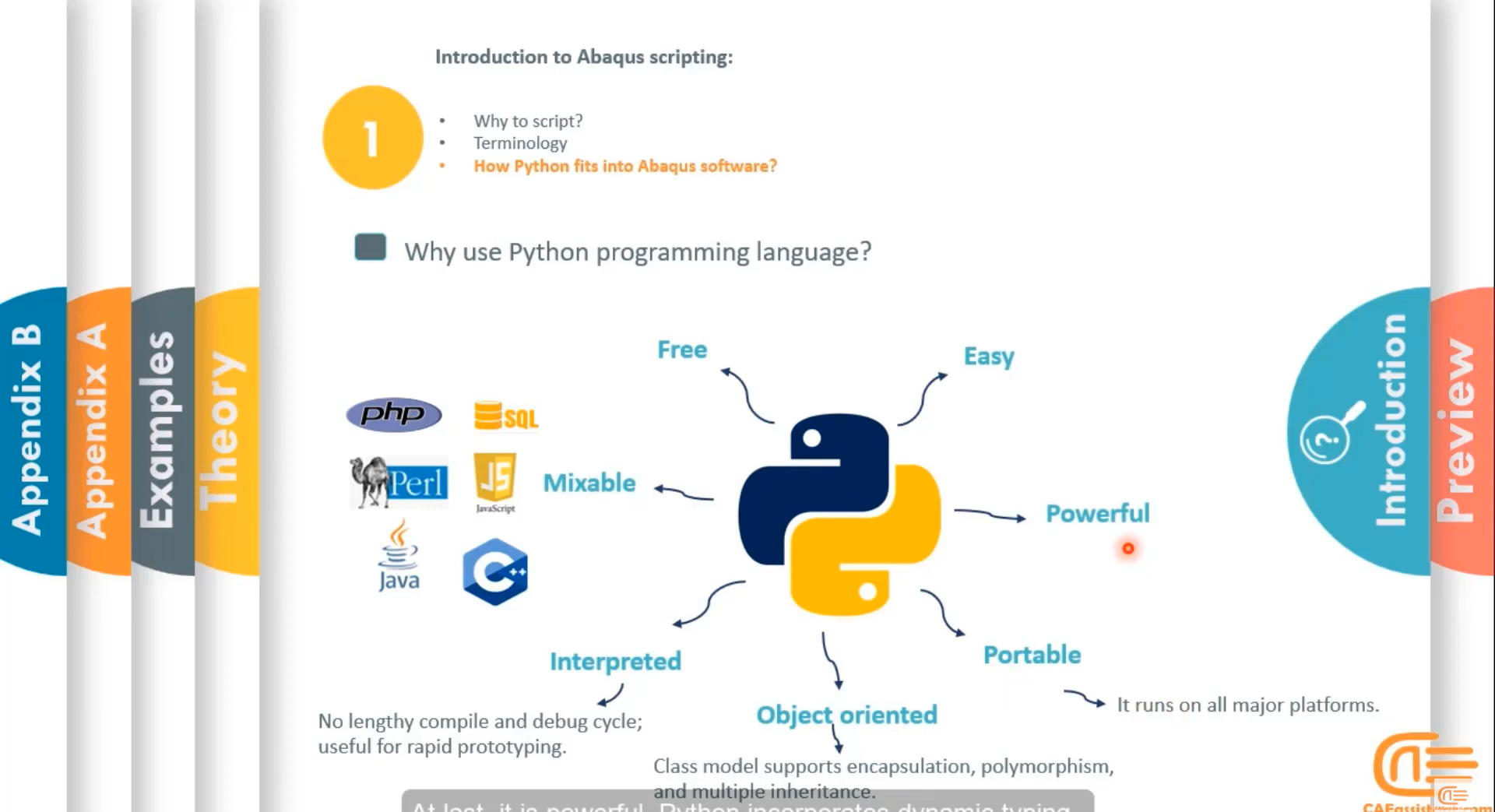
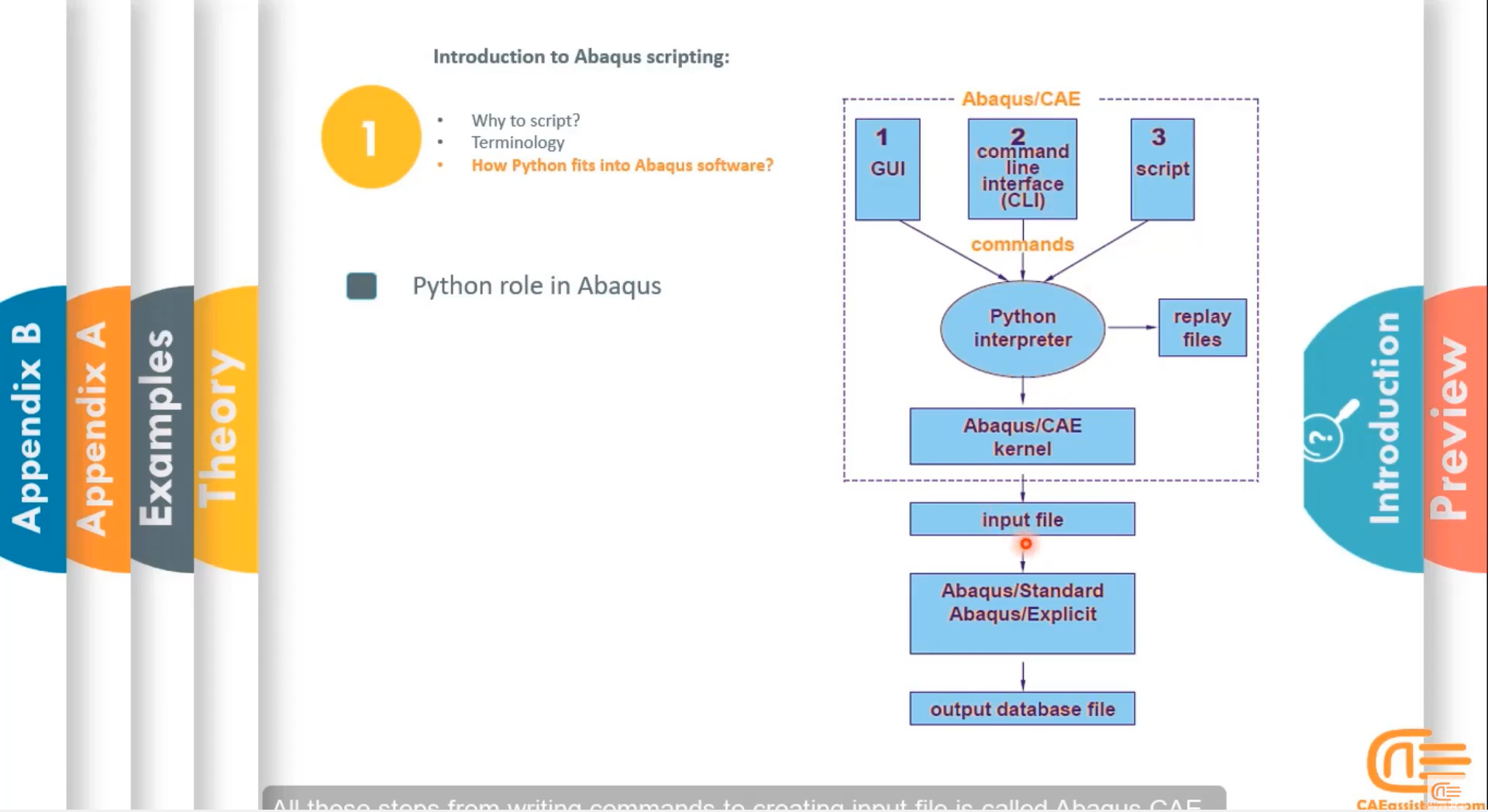
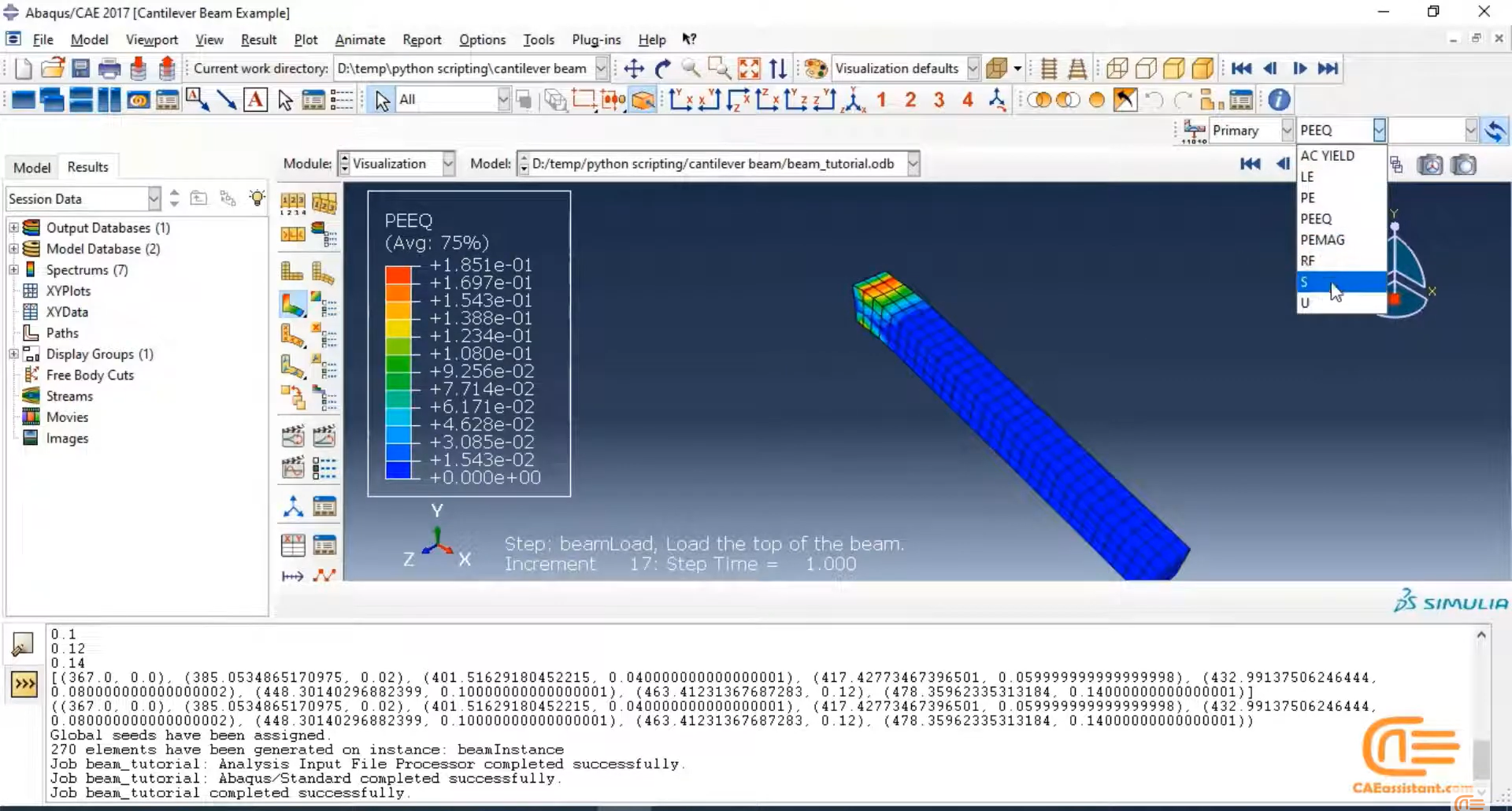
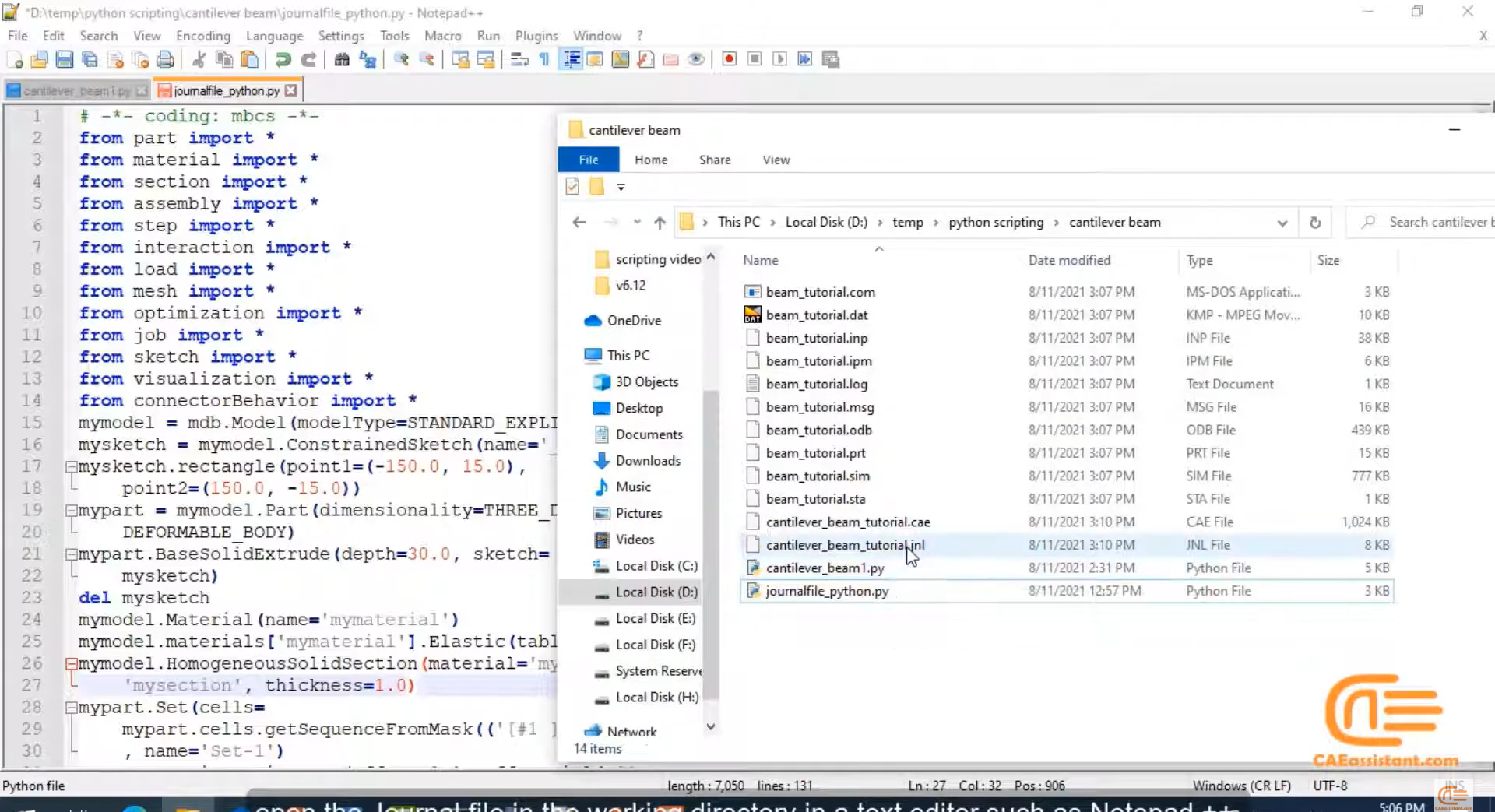
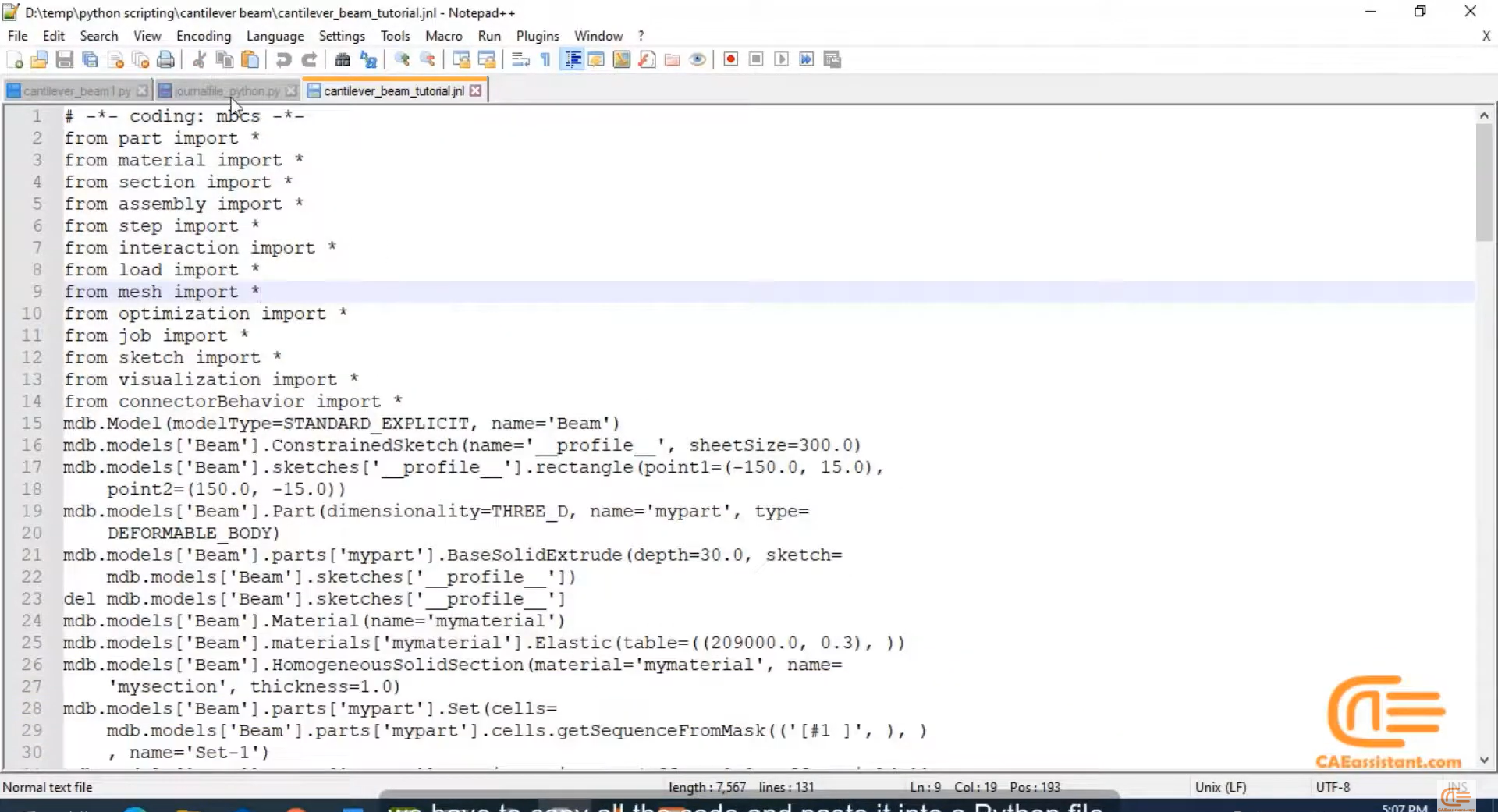
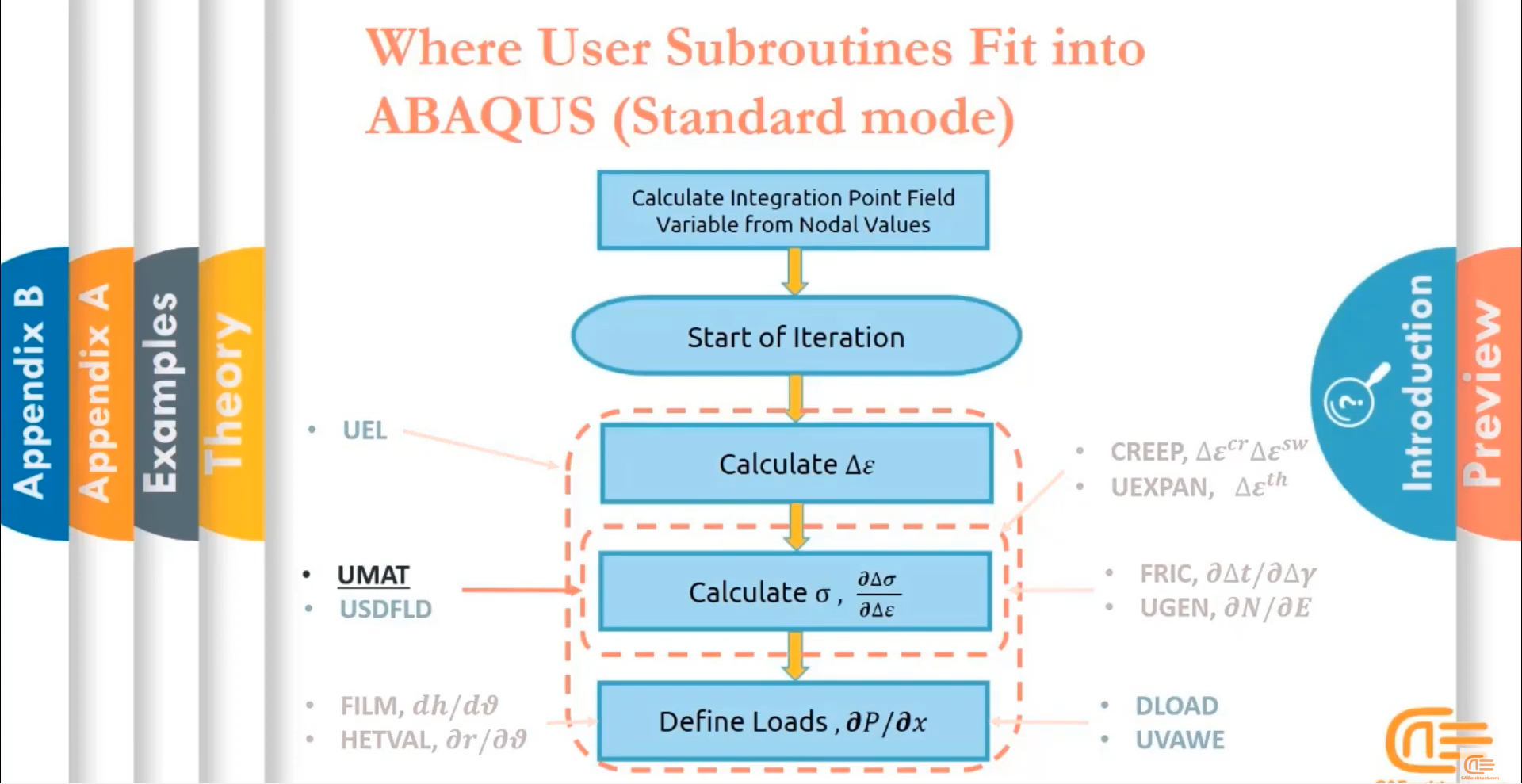
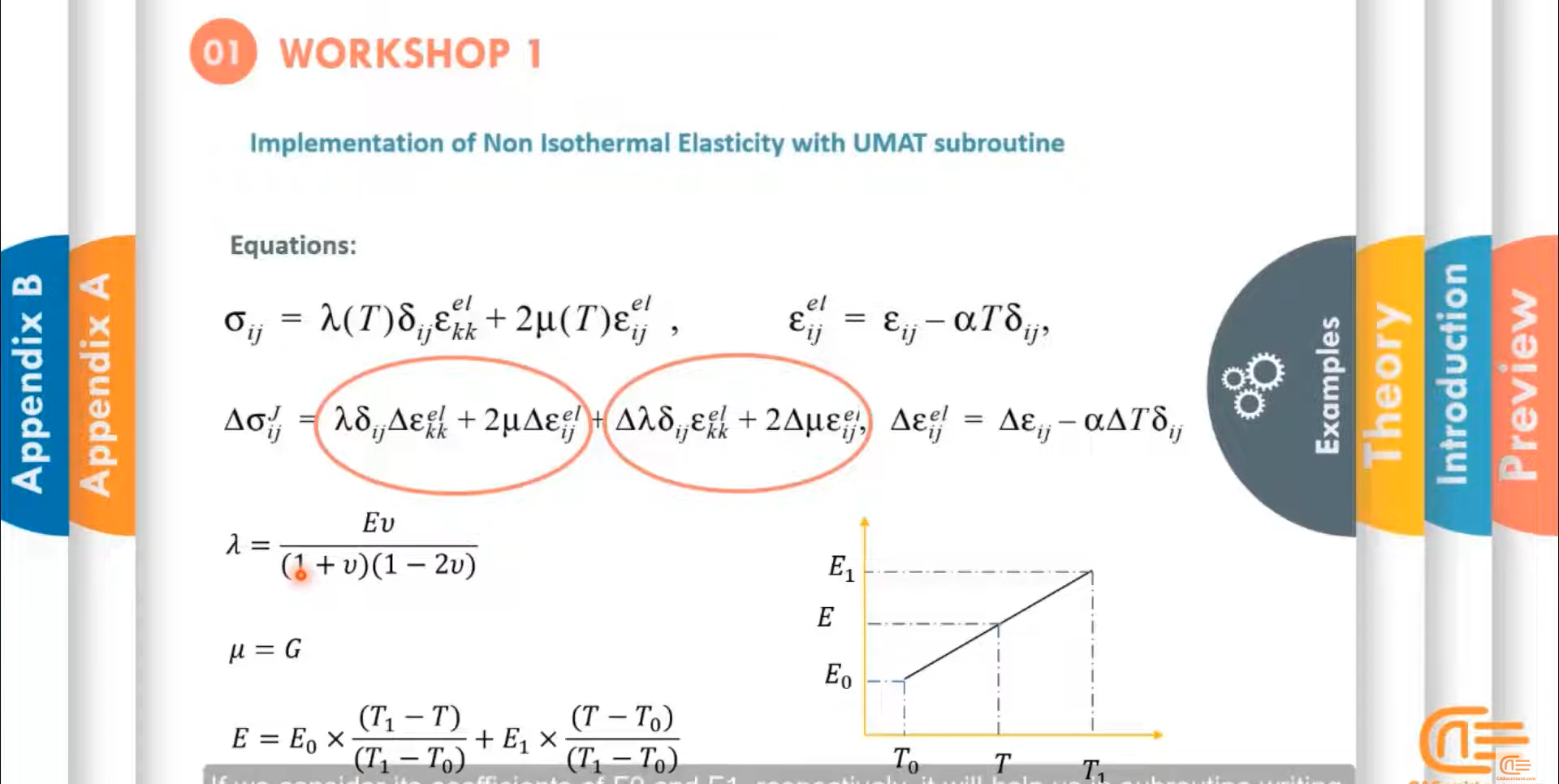
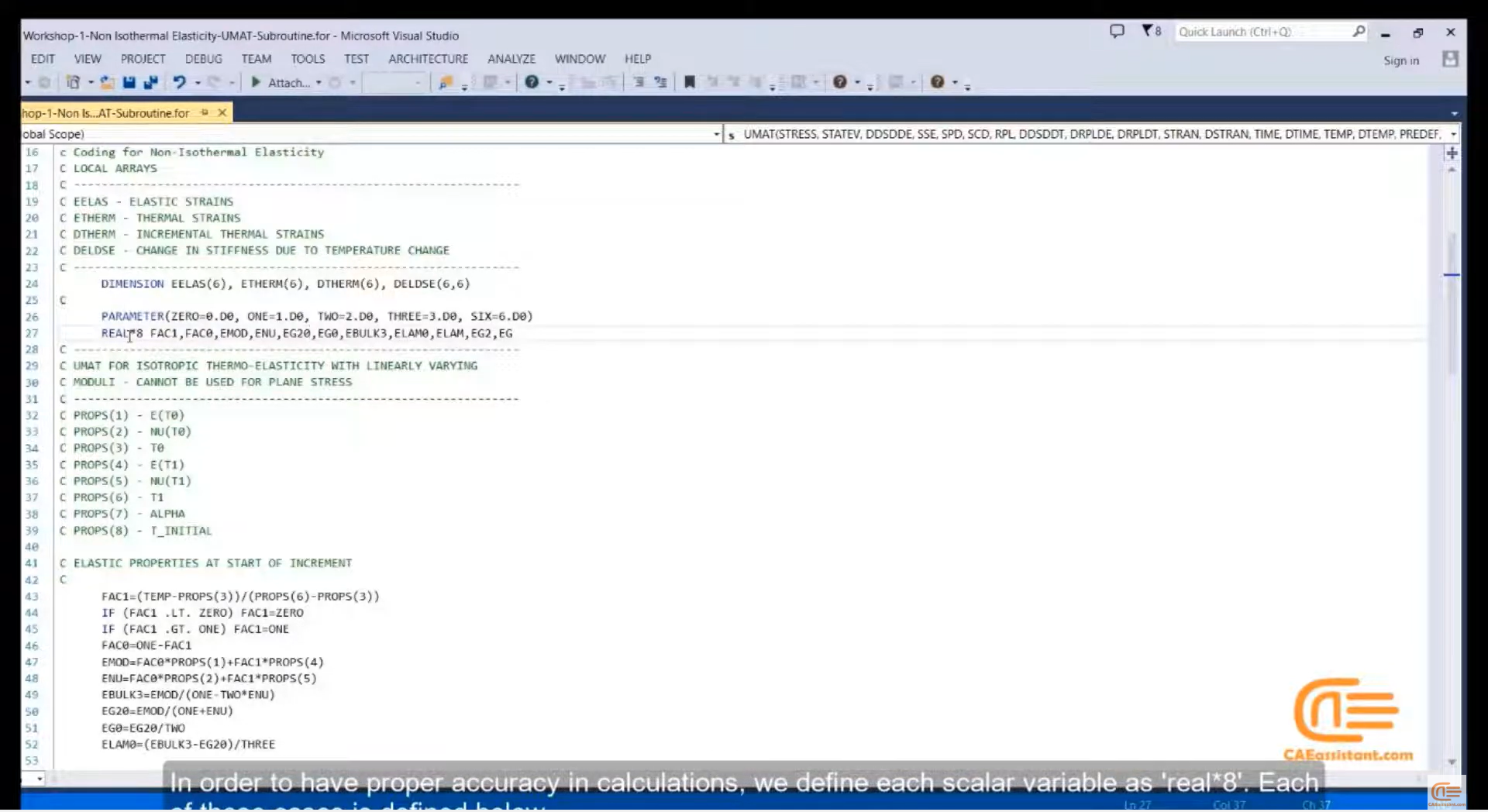
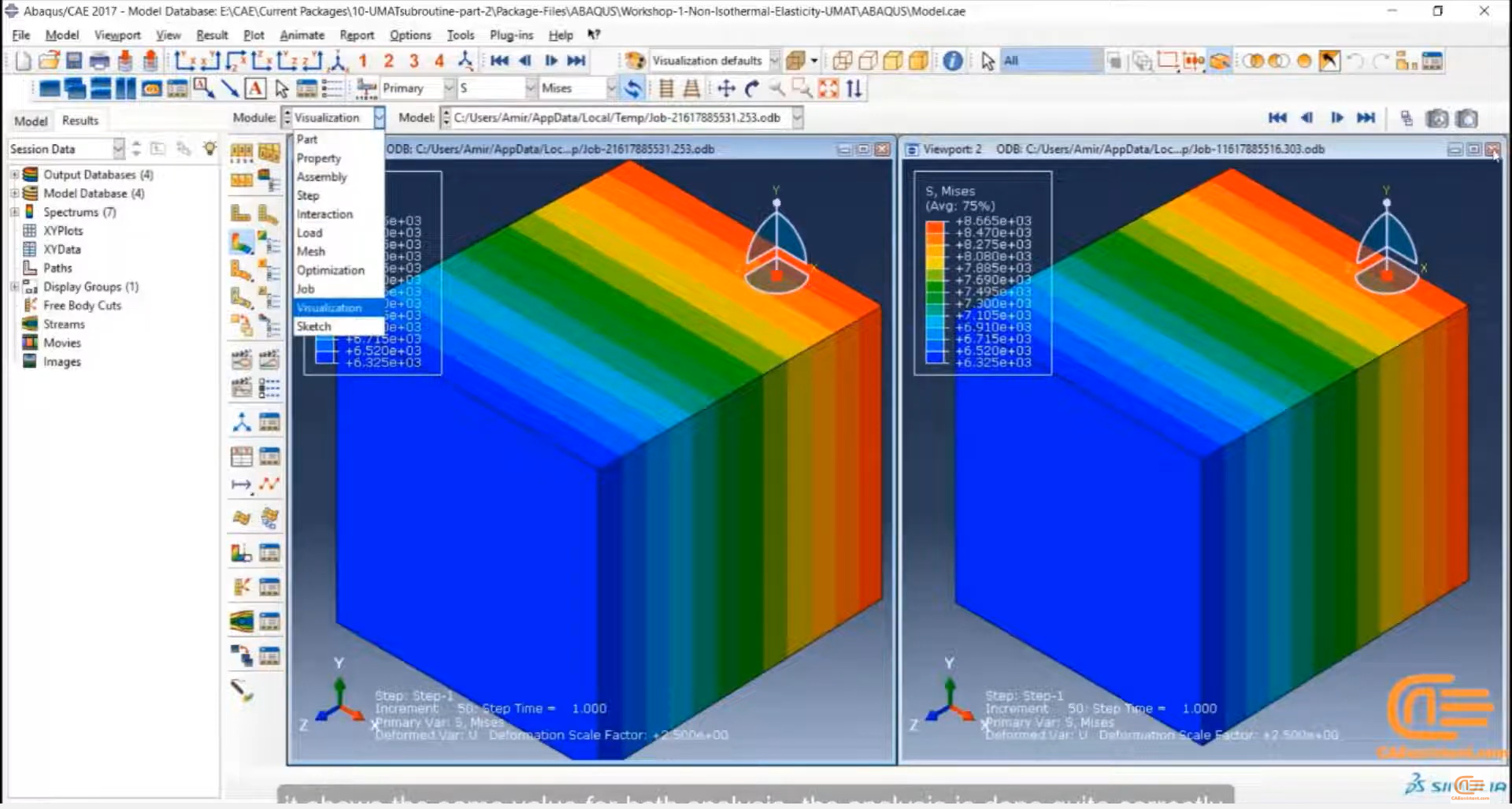
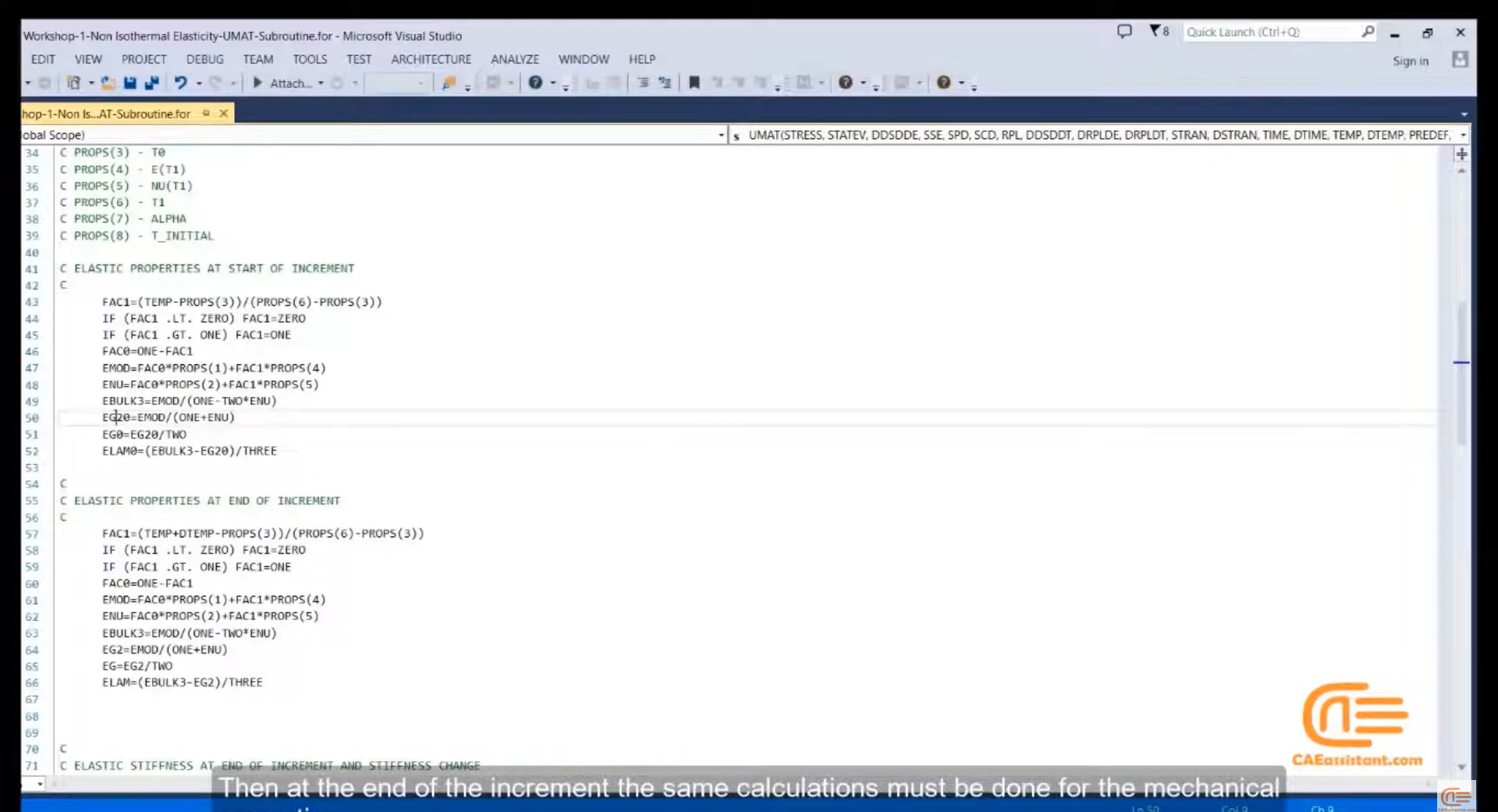
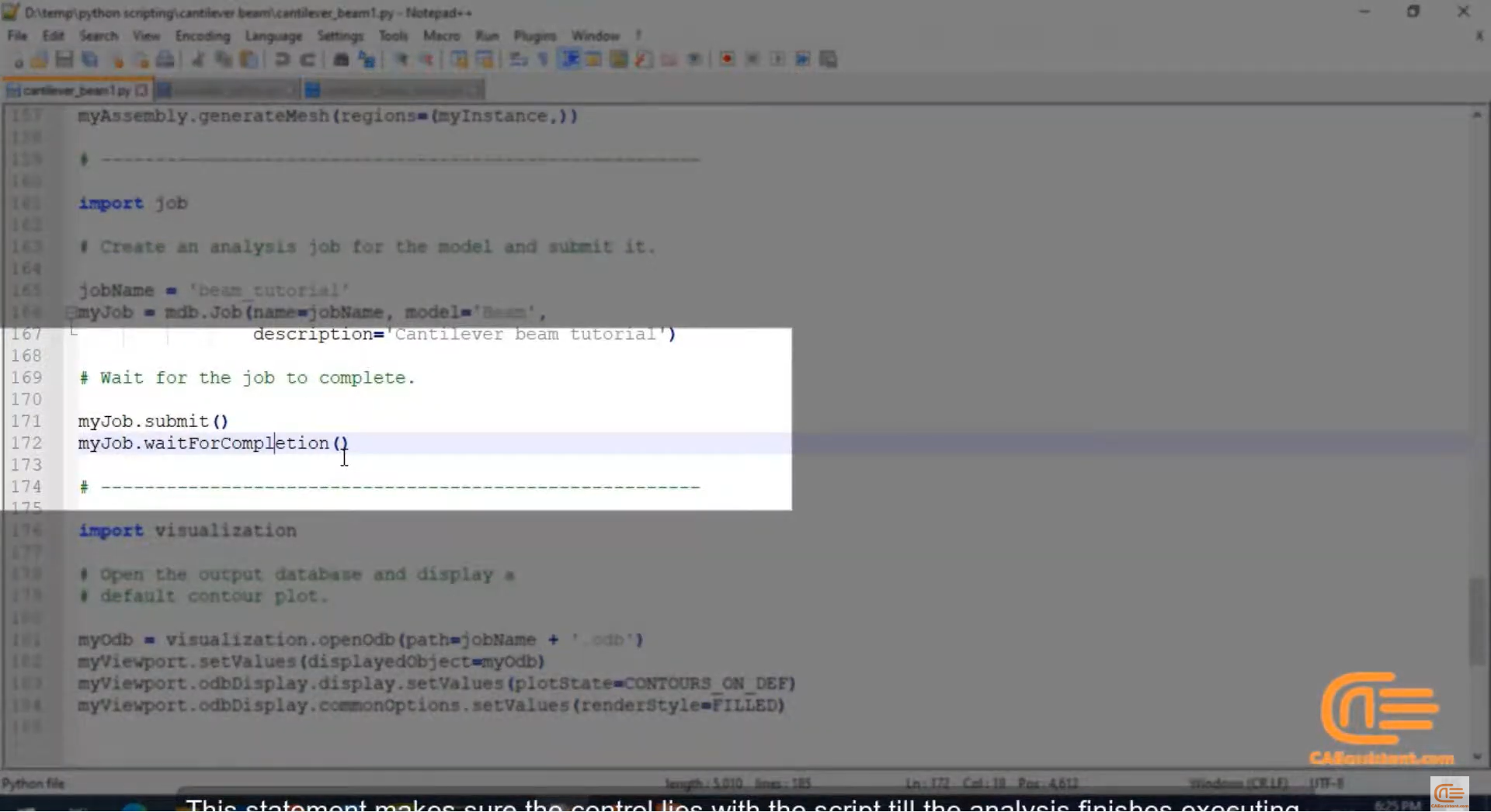
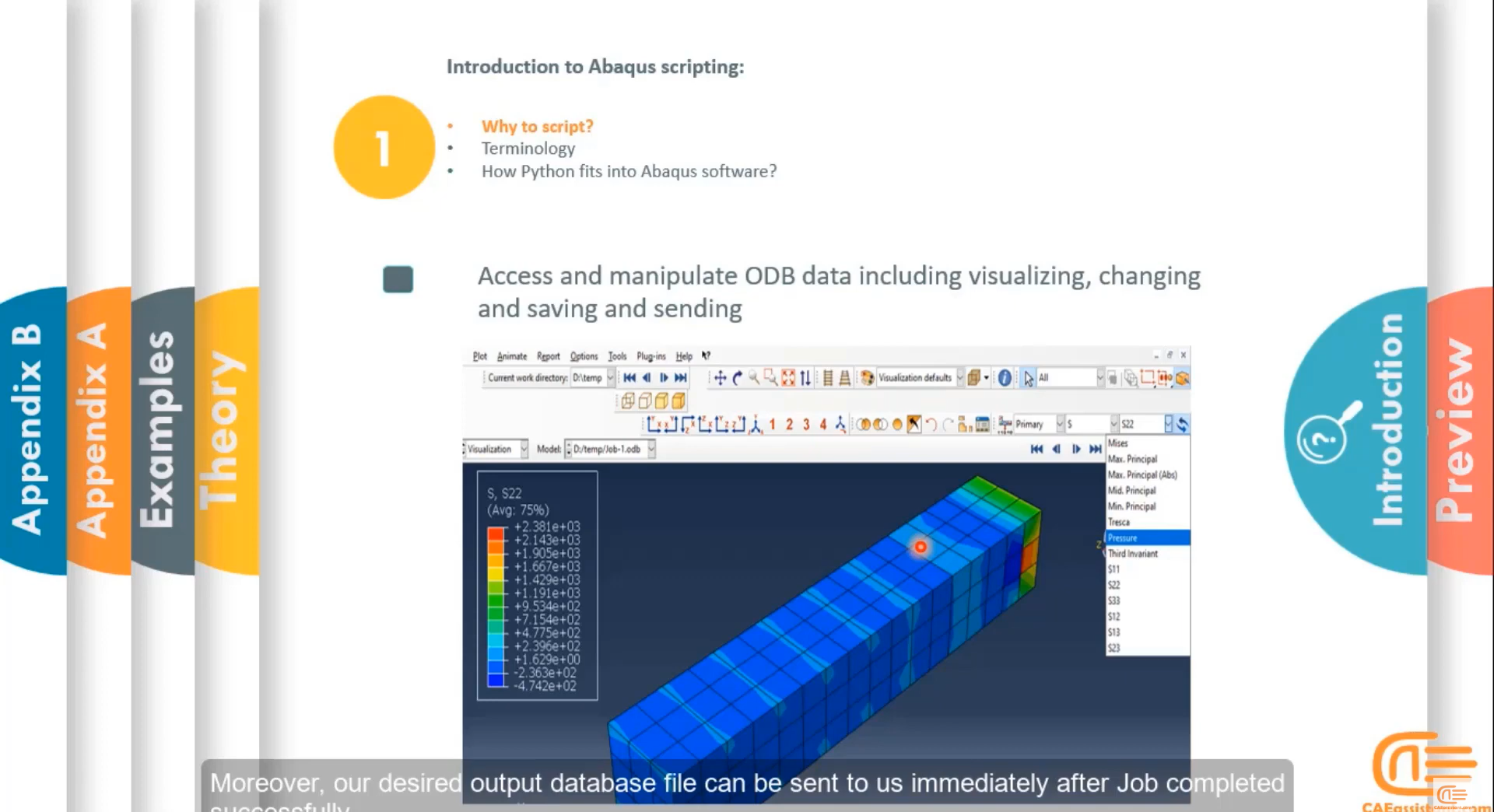
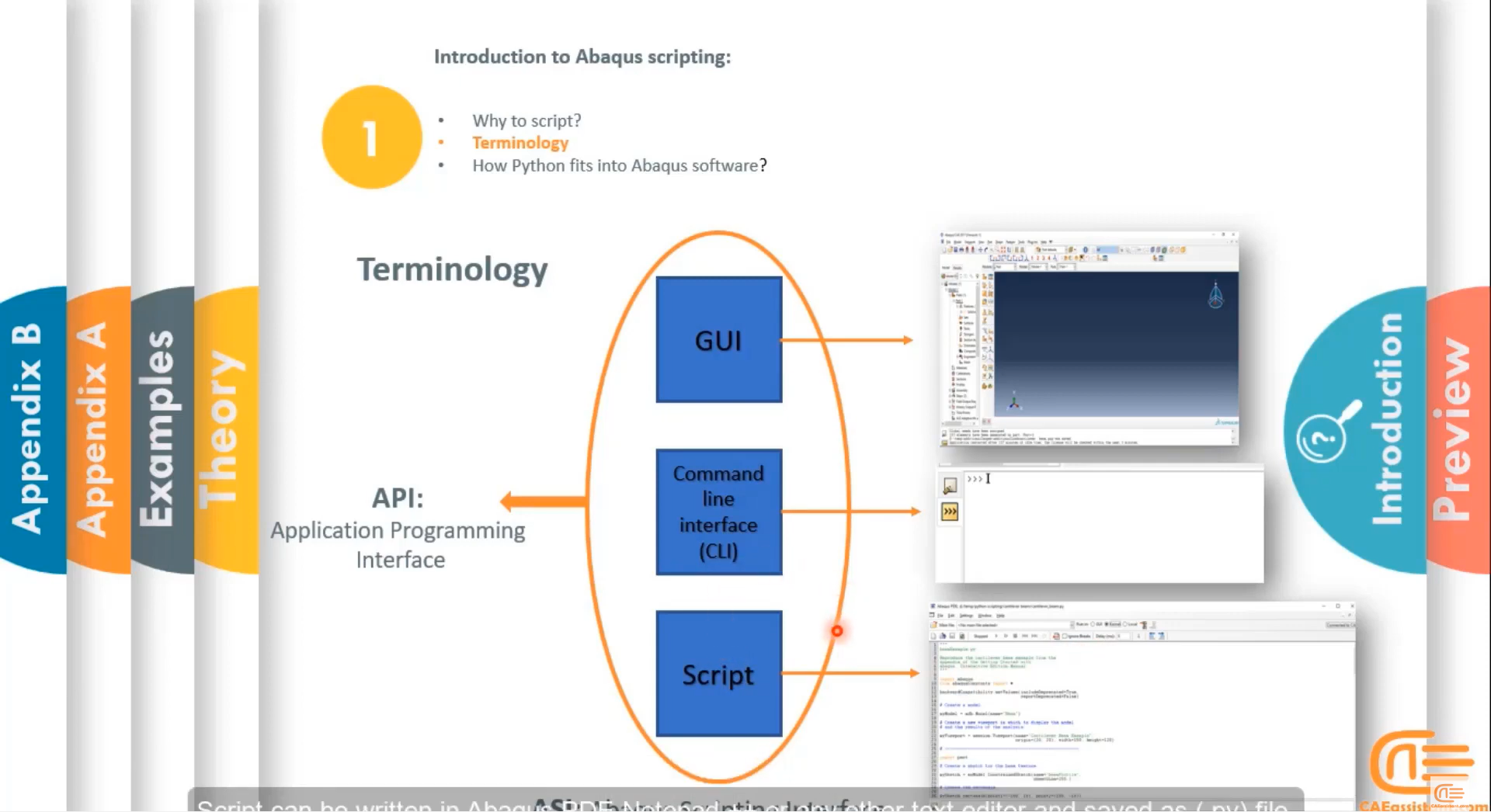
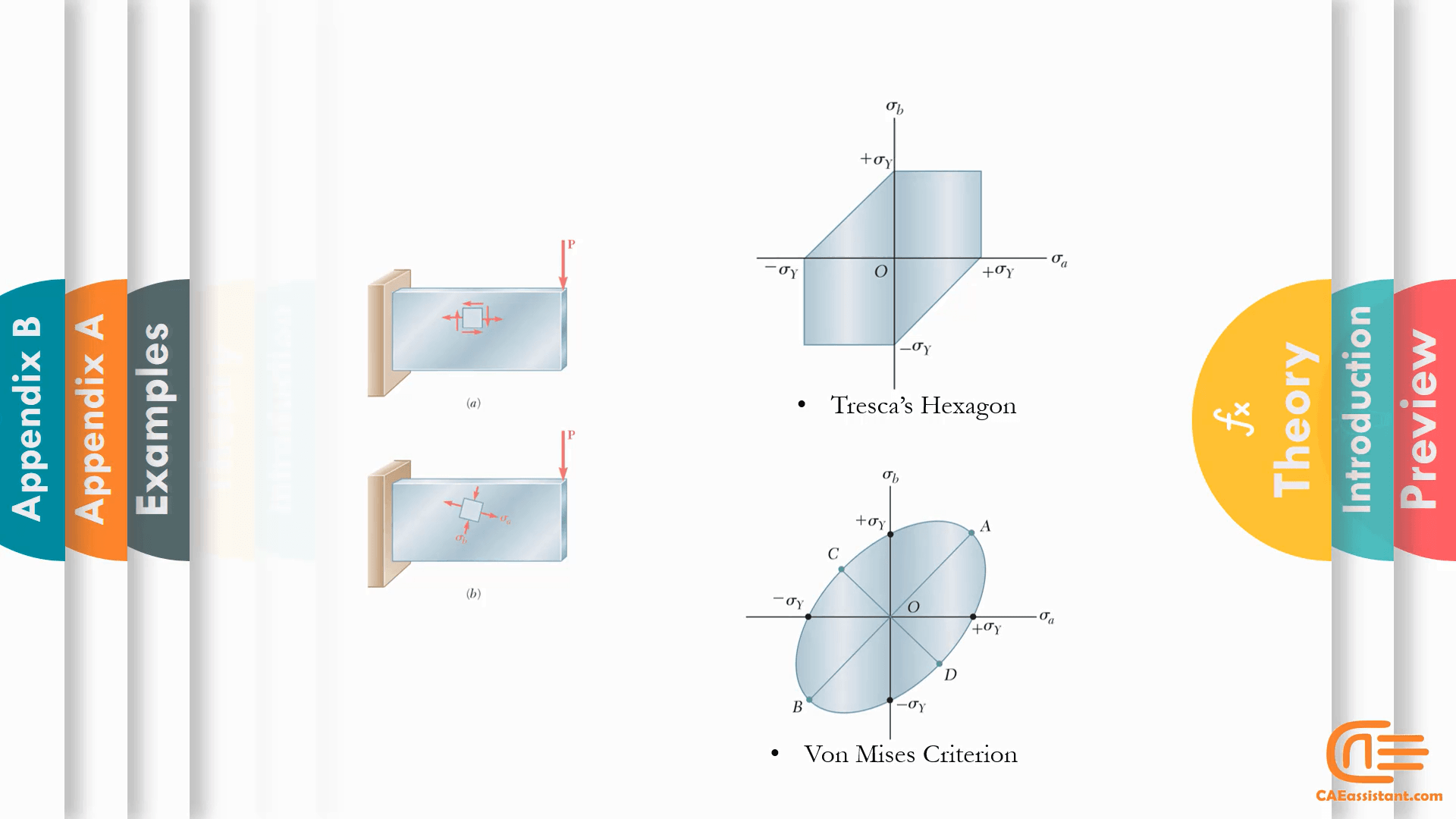
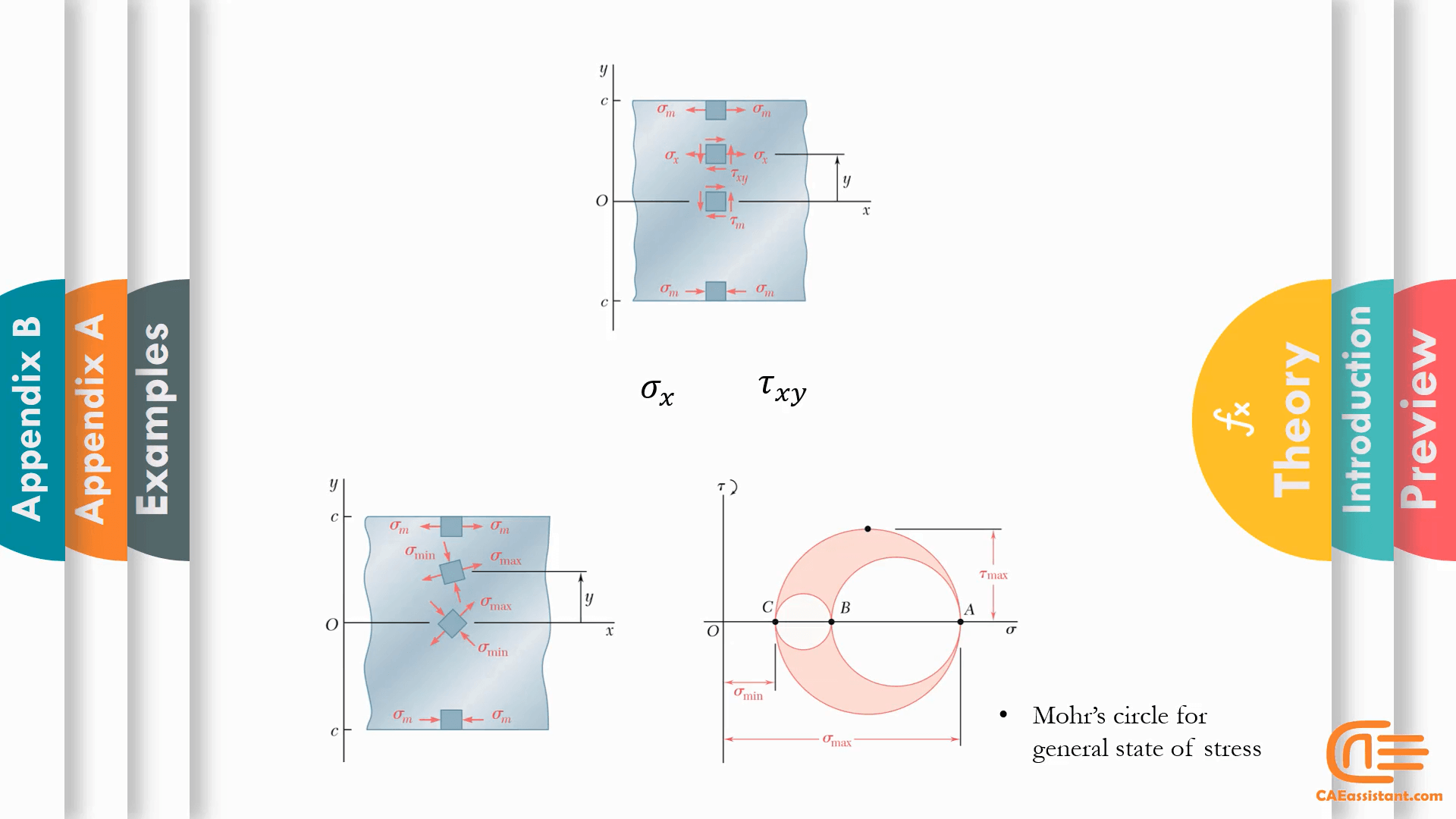


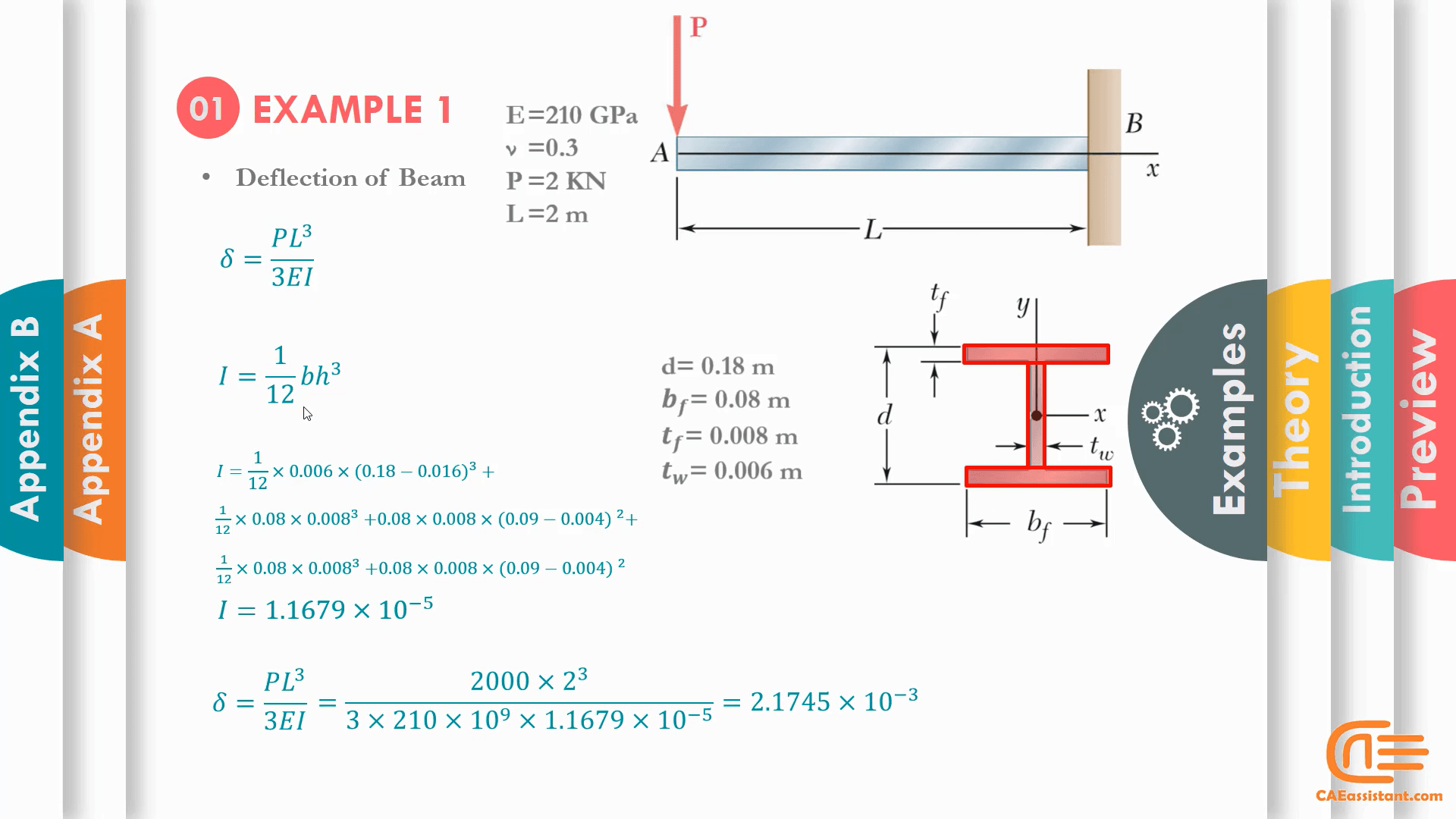
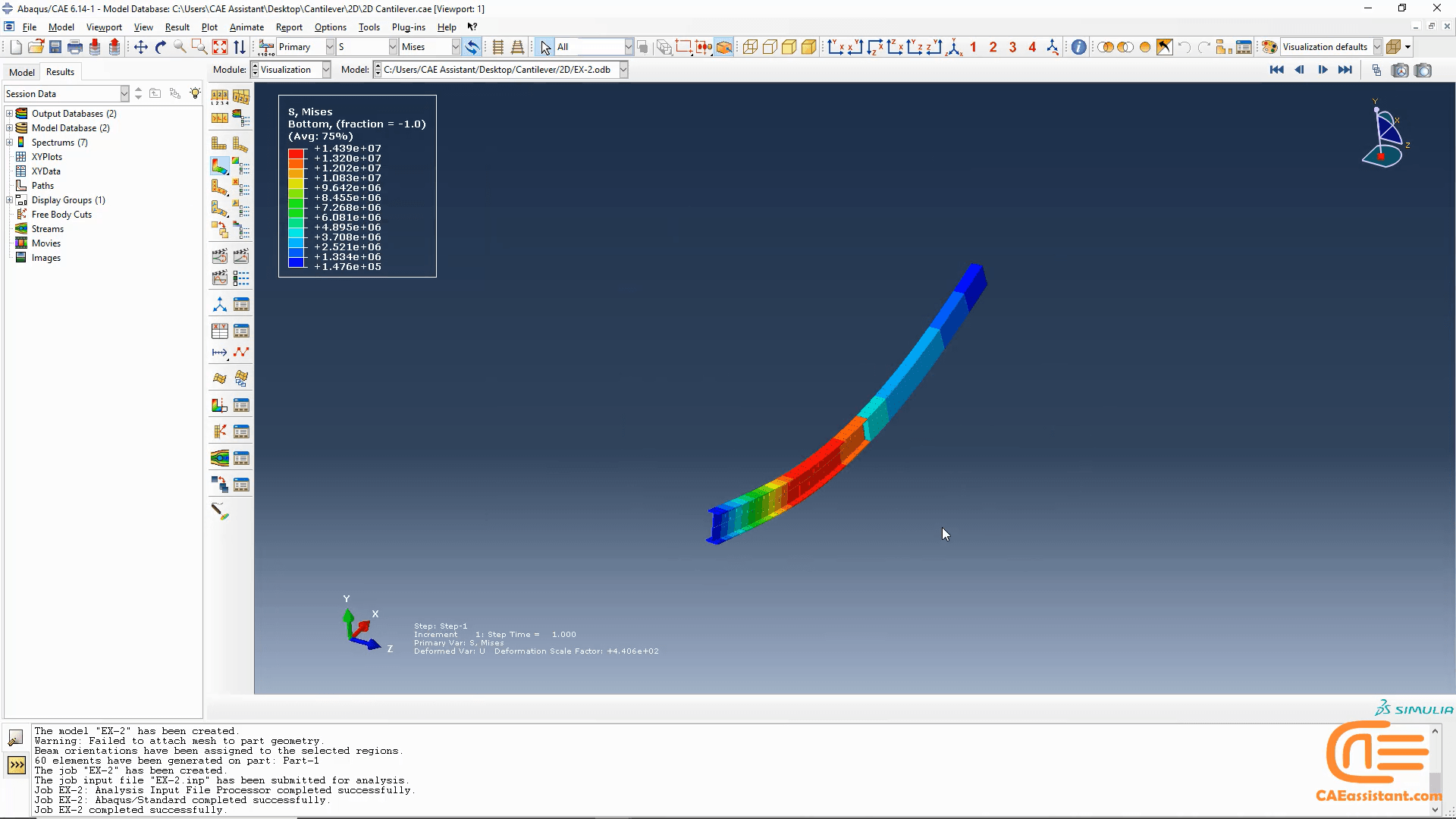
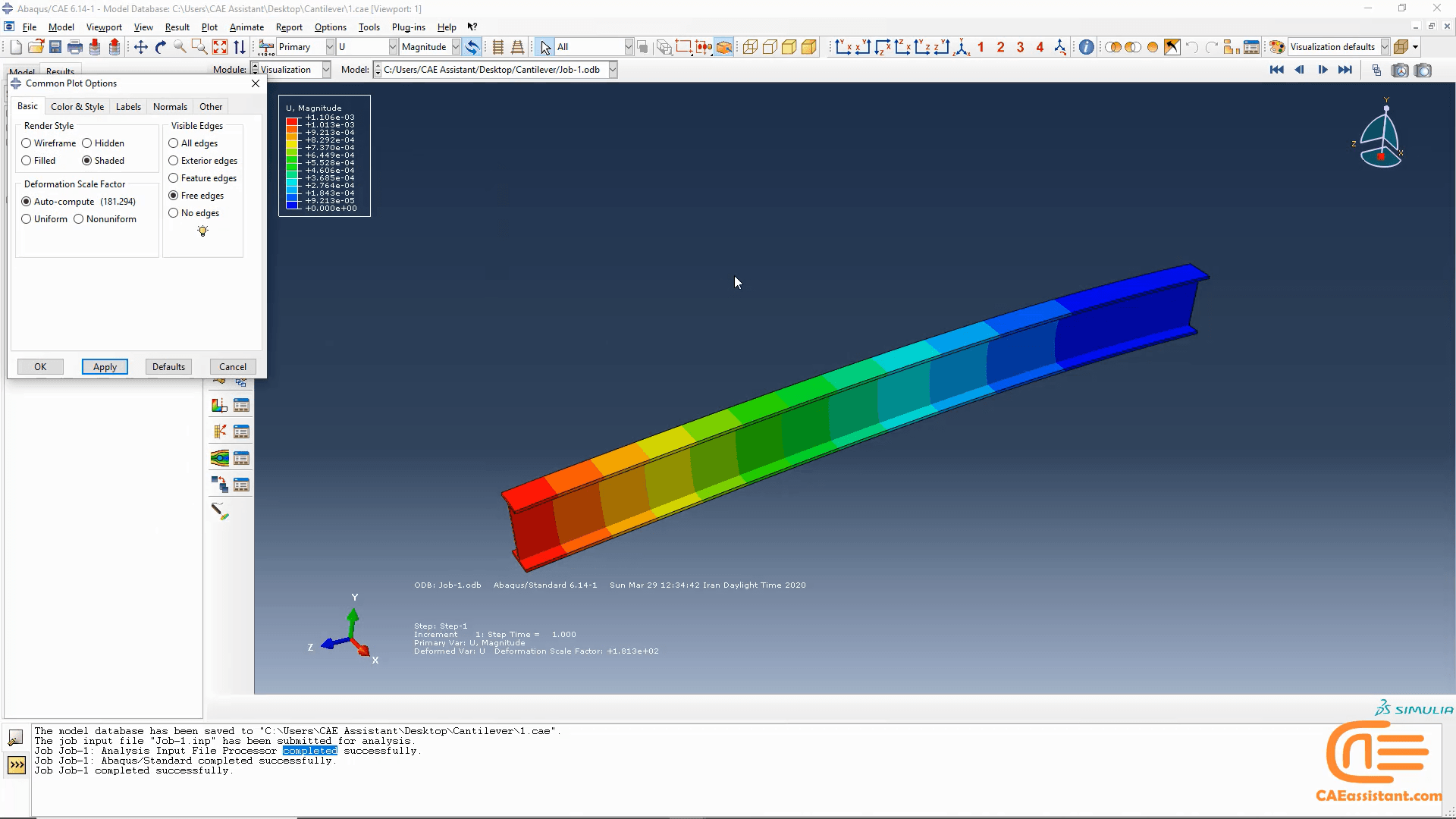
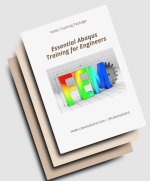
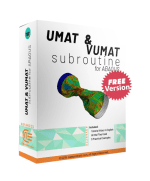
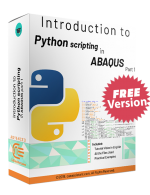
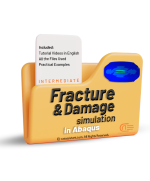
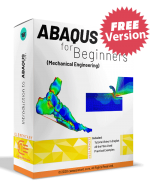
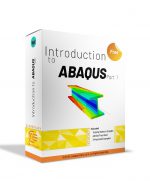


























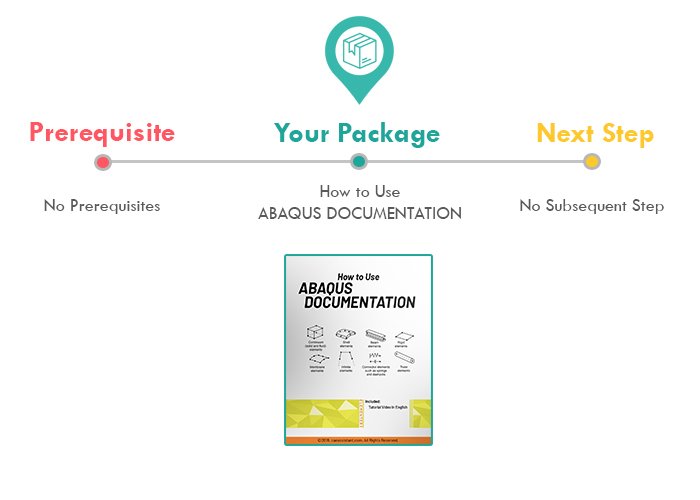
Reviews
Clear filtersThere are no reviews yet.